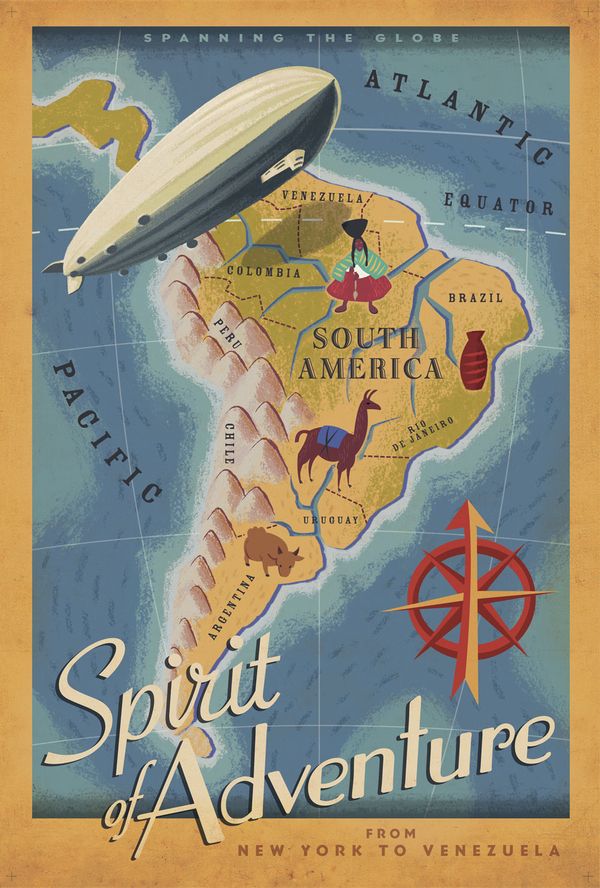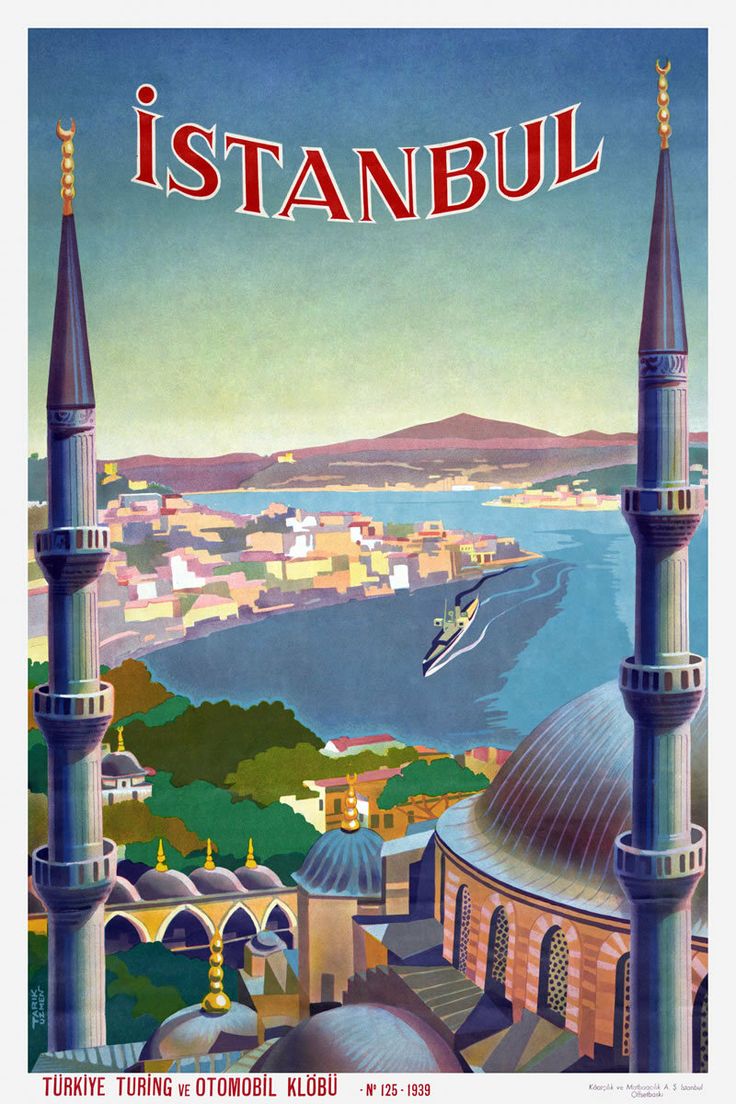Last Updated on February 23, 2024
The words “retro” and “vintage” are making another timely appearance in the art world. To be retro means to be derivative of past influences.
Retro art and design are typically inspired by nostalgia for trends, fashions or styles of the recent past. Vintage generally refers to developments within the last fifteen to twenty years, or older.
Retro poster design has long been a strong influence on many artists and creative movements.
The invention of lithography in the late 1700s changed the way printmaking could be used for advertising. Lithography is a method of printing from a stone or a metal plate with a smooth surface. It was invented in Bohemia as an inexpensive way to mass produce print works.
Black and white print was used primarily in Germany throughout the late 18th and early 19th centuries. It posed some technical difficulties, but it also bore limitations to what could be achieved in creating heightened sensual prints.
In the late 1800s, a lithographic printing process was introduced by French artist Jules Charet. It was called “three stone” lithography, meaning that three stones (or plates) could be used to produce three separate colors or variations of tone. Artists who previously could only use black and white print were now able to create colorful images with dimension.
By the 1900s the method of using color, as well as black and white was widely accepted in the printmaking medium. The U.S. and France are better known for using the method as a result of Parisian print shop.
During the 20th century, the Mourlot Studios invited artists in to adopt a new way of working with the medium, and it initiated a rediscovery of the art form that brought it to a richer level of development.
This striking new resurgence inspired a new approach to marketing. Poster art became a new opportunity for marketers to use colorful and luxurious images to promote travel.
Retro travel posters depicted evocative images inspired by distant cultures and far-away lands. The unique style revealed itself through rich textures, striking colors and distinctive typography.
In the 1930s Japan began producing travel posters to entice visitors into their national parks and local landscapes. Many of them embody the distinctive Japanese trademarks found in their prints, drawings and paintings.
These vintage treasures have ascended from mere travel advertisements to become true works of art. They are significant contributions to a rich artistic and culturally diverse history.
Bonus: Want to create your very own travel posters with a single click of a button? Check out PosterPress on CreativeMarket!
PosterPress smart PSD (Layered Photoshop Document) is set up so you all you have to do is drop in your photo and it instantly turns it into a simplified illustration which blends over the border, has subtle paper flecks, halftones and paper folds which adds age and a folder with editable text with it’s own rough texture.































